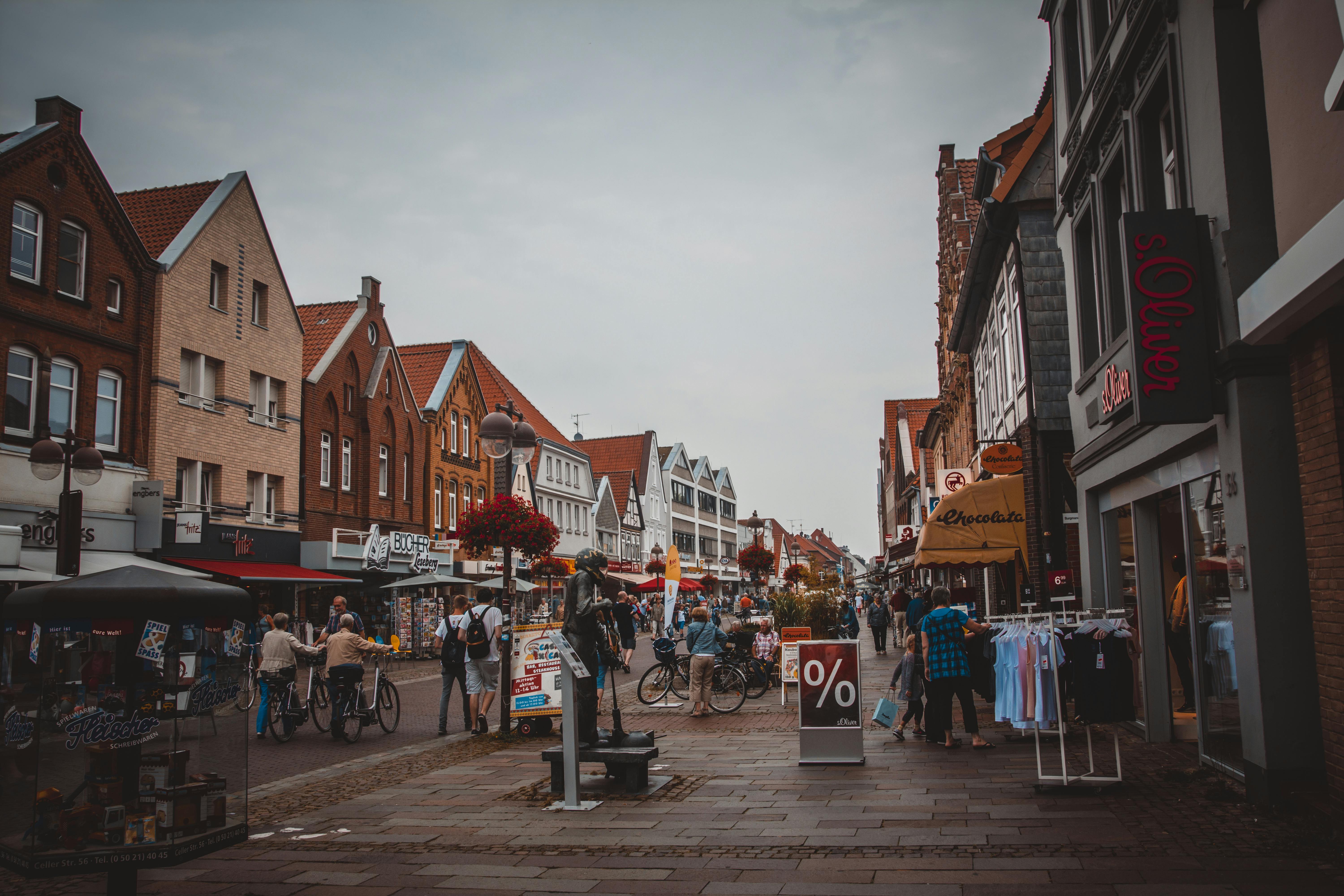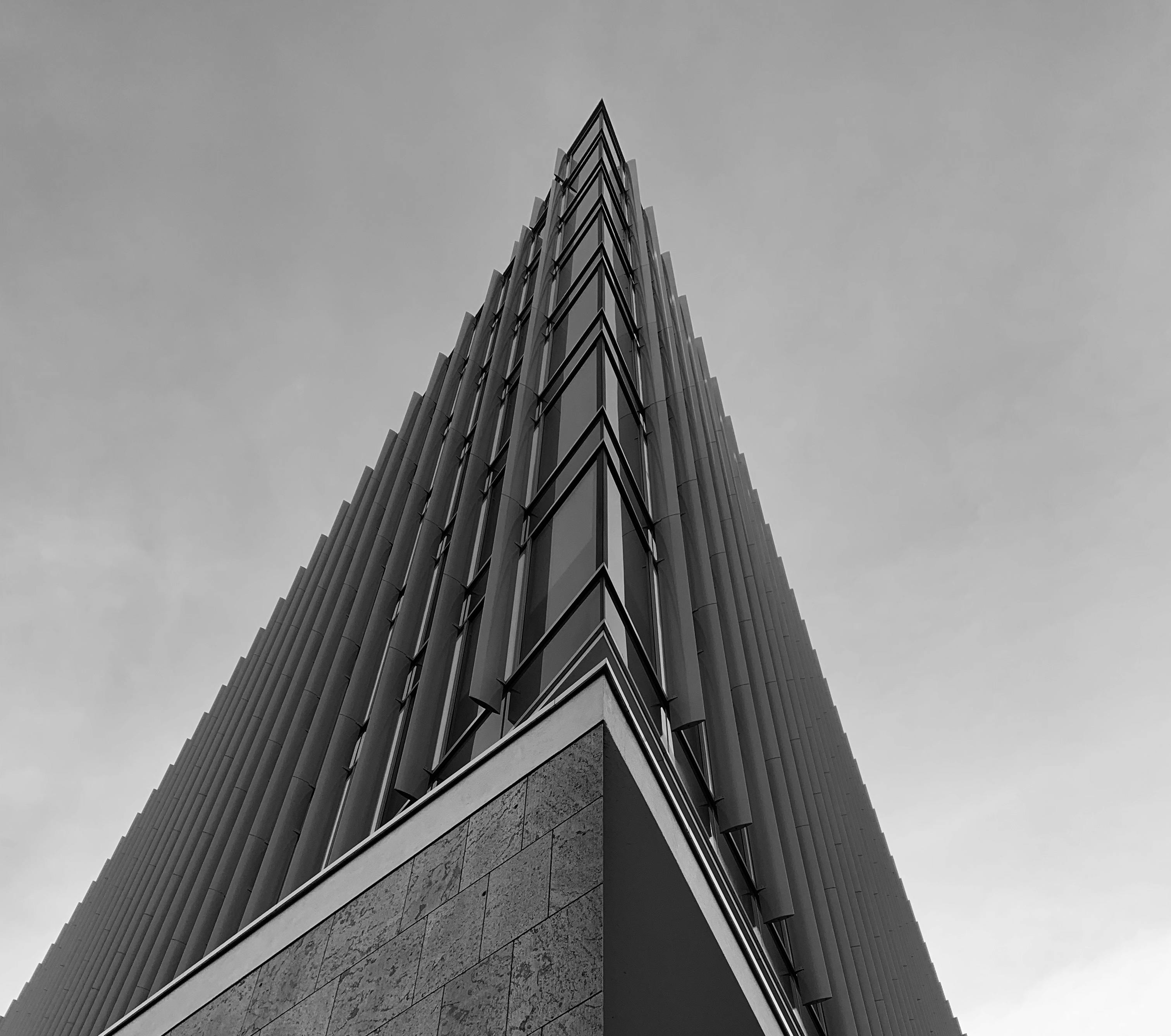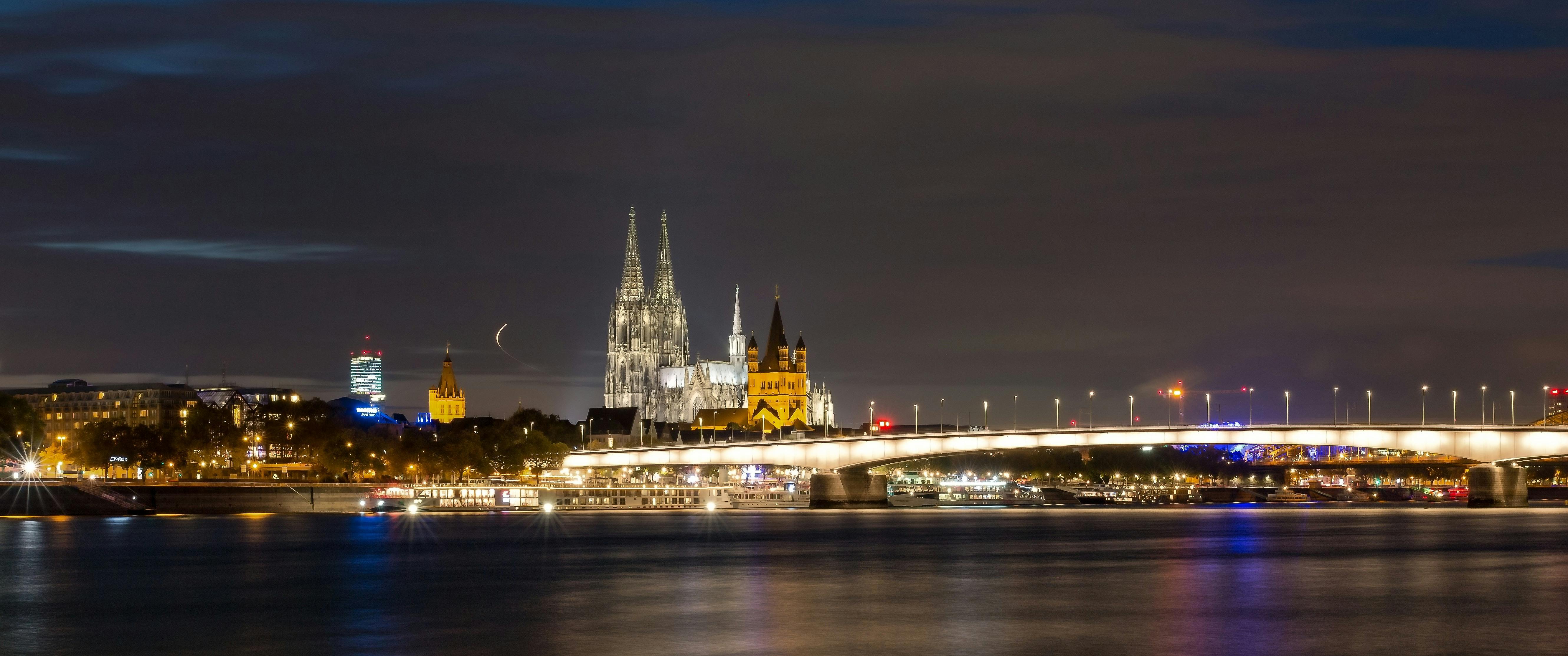LEDs (light emitting diodes) have been in our lives for a long time. In the simplest example, they are commonly used on electrical appliances to indicate that the unit is on, for example the little red standby light on the front of your television. Now manufacturers have expanded the product line from LED to everyday household lighting fixtures, such as GU10 spotlight bulbs.
But what about the cost? Yes, they are not the cheapest bulbs available. But there is much more to this story than just the initial cost of this bulb.
- Long life span: The lifespan of LED lights definitely stands out as one of its main benefits. LED bulbs and diodes have an exceptional lifespan of up to 50,000 hours. To put it on a time frame, an LED bulb could last up to 11 years in continuous operation or, if it were used 8 hours a day, it would take 20 years before it would have to be replaced.
- Energy efficiency: LEDs are by far the most efficient form of lighting, with an estimated energy efficiency of 80% -90% compared to traditional incandescent bulbs that operate at 20%. The remaining percentage is lost and converted into other forms of energy such as heat. Here’s an example to put that in perspective: if you use traditional lighting and have a £ 100 electricity bill, then £ 80 of that money has been used to heat the room, not to light it! Using 80% efficient LED bulbs your electricity costs would be around £ 20 and you would have saved around £ 80.
- Environmental friendly: While conventional fluorescent bulbs contain hazardous materials like mercury, LED bulbs do not contain toxic materials and are 100% recyclable. So not only do they help reduce your carbon footprint by up to a third, the long lifespan means that one LED bulb can save material and the production of 25 incandescent bulbs.
- Durability: LED bulbs are made from tough components that are very tough and can withstand even the harshest conditions. Because they are resistant to shock, vibration, and external impacts, they make excellent outdoor lighting capable of withstanding harsh conditions and exposure to weather, wind, rain, or even outdoor vandalism, traffic-related public exposure, and construction or manufacturing sites. LED bulbs are also ideal for operation in cold and low outdoor temperatures. For fluorescent lamps, low temperatures can affect performance and present a challenge, but LED lighting works well in cold environments as well, such as winter outdoor environments, freezer rooms, etc.
- Variety of design: From different color temperatures, beam angles, dimming options, and shapes, LEDs continue to produce highly efficient lighting. LED ambient lighting is a good example of how design technology is used. It is already being used in airplanes, classrooms and many more places and we can expect to see much more LED ambient lighting in our daily lives in the years to come.
Another important question to ask yourself: are incandescent bulbs being phased out?
Although incandescent bulbs were for the most part never banned, the Energy Independence and Security Act of 2007 (EISA) established that any lamp that did not meet its energy standards could no longer be manufactured.
An FAQ document published by Energy Star explains these restrictions this way:
“The standards are technology neutral, which means that any type of light bulb can be sold as long as it meets the efficiency requirements. Common household light bulbs that traditionally use 40-100 watts will use at least 27% less energy in 2014 “.
Simply put, if a manufacturer wants to sell incandescent bulbs beyond 2013, then they would have to come up with a more energy efficient technology.
However, lighting manufacturers have another hurdle ahead with EISA. In 2020, light bulbs will have to be 60-70% more efficient.
So do the 2020 standards set by EISA spell the end of incandescent bulbs?
With the significant price reductions for CFLs and LEDs in recent years, as well as the drastic difference in energy efficiency and their drastically different lifetimes, it’s not too hysterical to prophesy that incandescent bulbs will be discontinued entirely within the decade. 2020.



